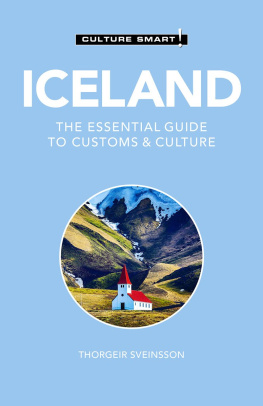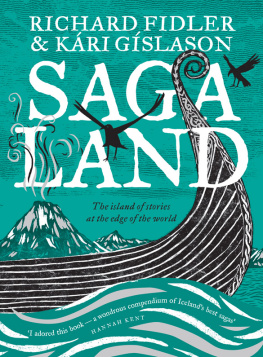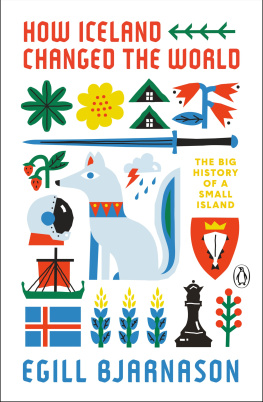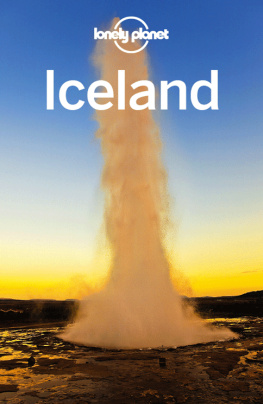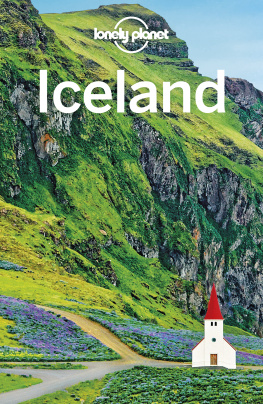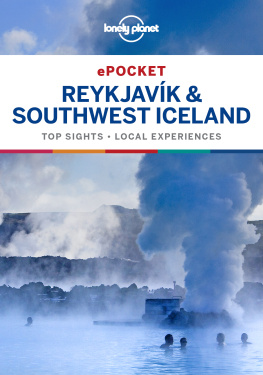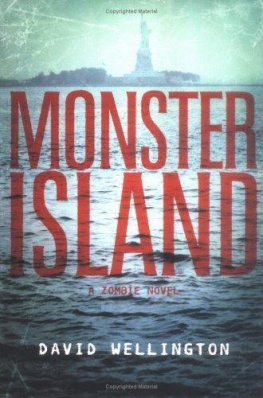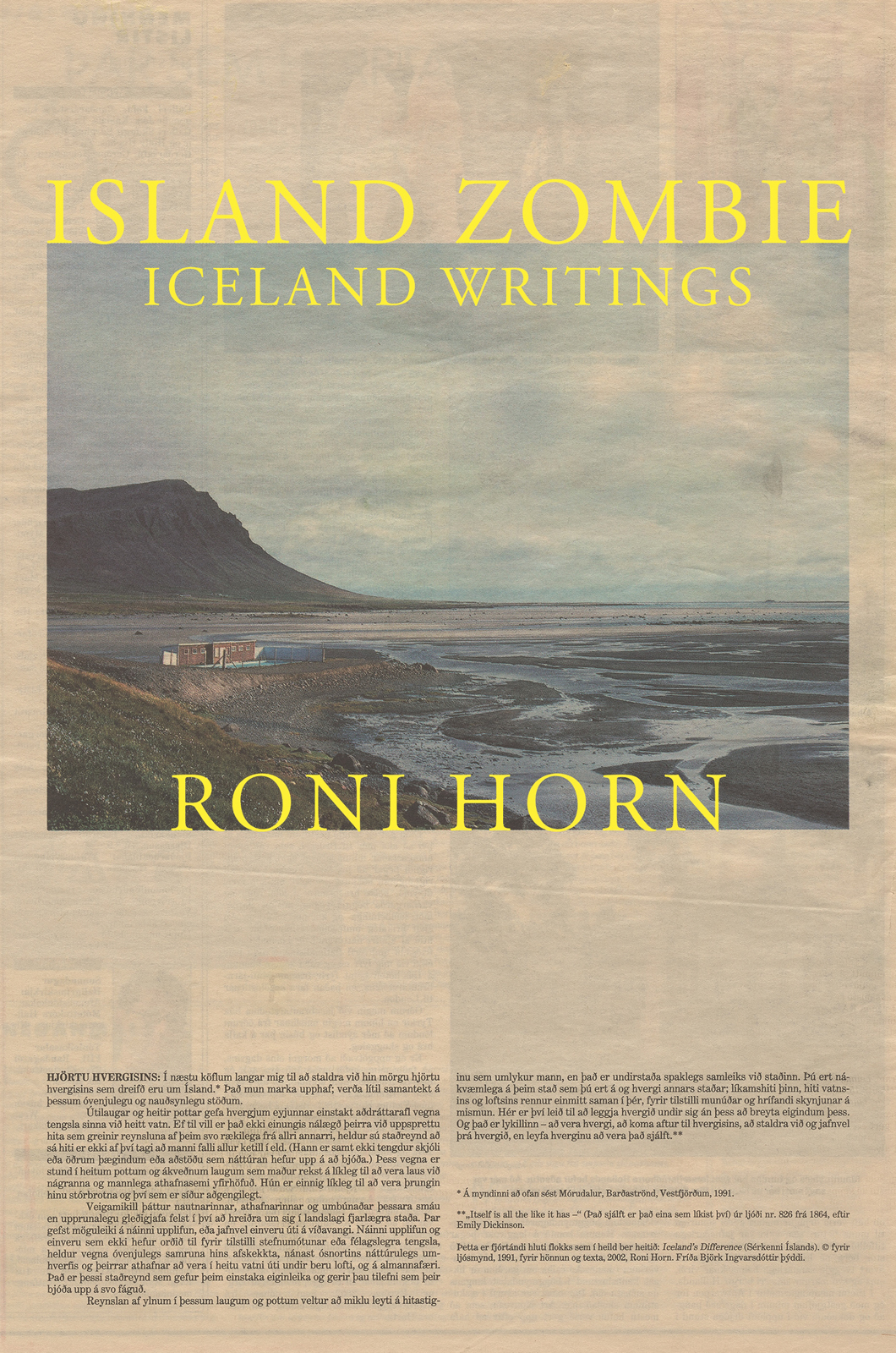Roni Horn - Island Zombie: Iceland Writings
Here you can read online Roni Horn - Island Zombie: Iceland Writings full text of the book (entire story) in english for free. Download pdf and epub, get meaning, cover and reviews about this ebook. year: 2020, publisher: Princeton University Press, genre: Detective and thriller. Description of the work, (preface) as well as reviews are available. Best literature library LitArk.com created for fans of good reading and offers a wide selection of genres:
Romance novel
Science fiction
Adventure
Detective
Science
History
Home and family
Prose
Art
Politics
Computer
Non-fiction
Religion
Business
Children
Humor
Choose a favorite category and find really read worthwhile books. Enjoy immersion in the world of imagination, feel the emotions of the characters or learn something new for yourself, make an fascinating discovery.

- Book:Island Zombie: Iceland Writings
- Author:
- Publisher:Princeton University Press
- Genre:
- Year:2020
- Rating:4 / 5
- Favourites:Add to favourites
- Your mark:
Island Zombie: Iceland Writings: summary, description and annotation
We offer to read an annotation, description, summary or preface (depends on what the author of the book "Island Zombie: Iceland Writings" wrote himself). If you haven't found the necessary information about the book — write in the comments, we will try to find it.
An evocative chronicle of the power of solitude in the natural world
Im often asked, but have no idea why I chose Iceland, why I first started going, why I still go. In truth I believe Iceland chose me.from the introduction
Contemporary artist Roni Horn first visited Iceland in 1975 at the age of nineteen, and since then, the islands treeless expanse has had an enduring hold on Horns creative work. Through a series of remarkable and poetic reflections, vignettes, episodes, and illustrated essays, Island Zombie distills the artists lifelong experience of Icelands natural environment. Together, these pieces offer an unforgettable exploration of the indefinable and inescapable force of remote, elemental places, and provide a sustained look at how an island and its atmosphere can take possession of the innermost self.
Island Zombie is a meditation on being present. It vividly conveys Horns experiences, from the deeply profound to the joyful and absurd. Through powerful evocations of the changing weather and other natural phenomenathe violence of the wind, the often aggressive birds, the imposing influence of glaciers, and the ubiquitous presence of water in all its varietywe come to understand the authors abiding need for Iceland, a place uniquely essential to Horns creative and spiritual life. The dramatic surroundings provoke examinations of self-sufficiency and isolation, and these ruminations summon a range of cultural companions, including El Greco, Emily Dickinson, Judy Garland, Wallace Stevens, Edgar Allan Poe, William Morris, and Rachel Carson. While brilliantly portraying natures sublime energy, Horn also confronts issues of consumption, destruction, and loss, as the industrial and man-made encroach on Icelandic wilderness.
Filled with musings on a secluded region that perpetually encourages a sense of discovery, Island Zombie illuminates a wild and beautiful Iceland that remains essential and new.
Roni Horn: author's other books
Who wrote Island Zombie: Iceland Writings? Find out the surname, the name of the author of the book and a list of all author's works by series.

